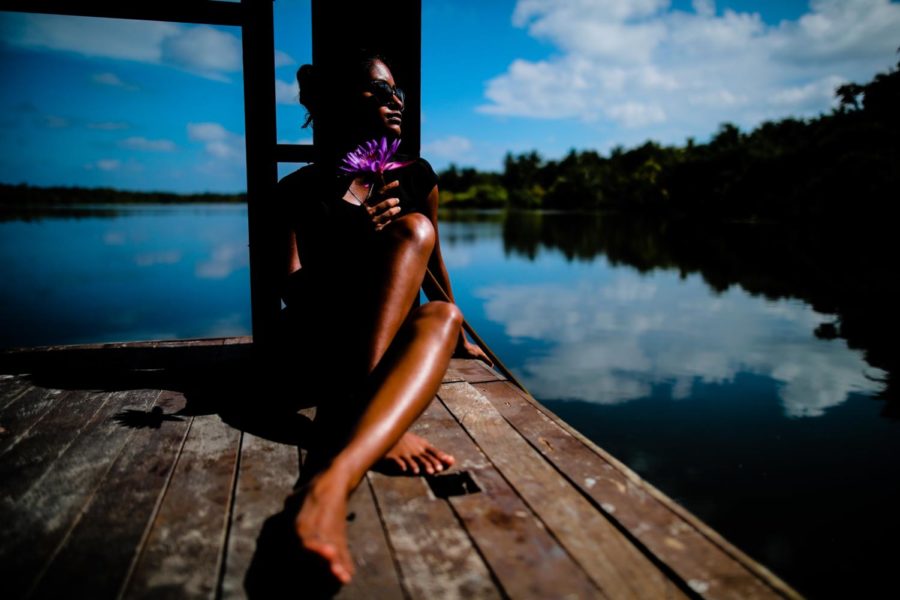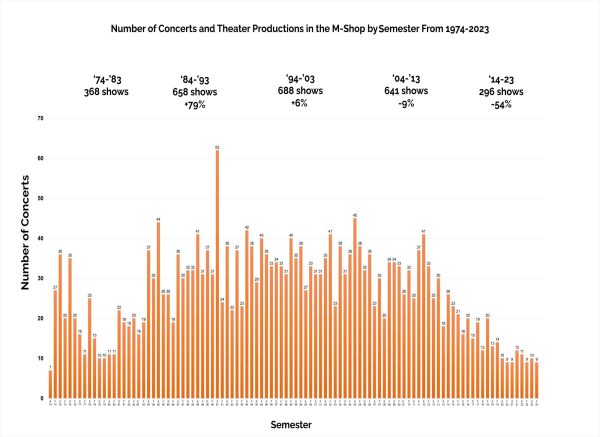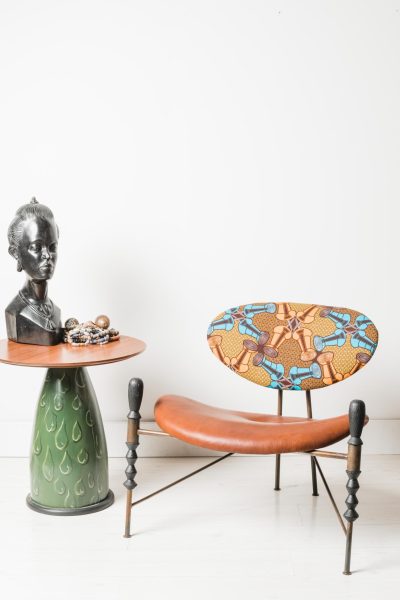Taking care of your skin in the sun
The popularity and desire to have bronzed skin can come at a very high risk. UVA rays can damage DNA and cause skin cancer.
March 23, 2020
Are those couple minutes in the tanning bed every so often really worth the chance of lifelong trips to the dermatologist?
Nurse Practitioner in dermatology Crystal Meyer with Lakes Dermatology in Spirit Lake, Iowa, helps to debunk some of the common misconceptions of tanning as well inform on the dangers of it.
Tanning beds use UVA rays to tan the skin. These rays are what cause tanning and burning, which in turn damage people’s DNA and increases the risk of cancer.
Besides cancer, tanning can cause premature aging, eye damage and immune system suppression.
Meyer said that 10 minutes in a tanning bed is equal to four hours in the direct sunlight.
Although there is so much out there on why tanning beds are dangerous, people continue to use them. This might be because they like the way they look or because it is more convenient than self tanners.
Meyer shares the truth about tanning bed myths and why they are false.
Myth: As long as you do not burn, you are safe.
“There is no safe UVA,” Meyer said. “One session of tanning will increase your risk of melanoma by 20 percent. These are facts straight from the American Academy of Dermatology as well as the Cancer Society.”
Myth: Most skin cancers are not a big deal, and in most cases, a dermatologist can get rid of these cancer spots in one visit.
Squamous cell and basal cell are the two most common skin cancers. Meyer said she had an individual come in with a 0.3 millimeter scale on top of their nose that turned out to be a squamous cell carcinoma that exceeded across their nose, and they ended up needing a skin graft for treatment.
“Melanomas are your scariest because they are silent and deadly,” Meyer said. “A lot of times, you can’t just get them cut out.”
Myth: Getting a base tan in a bed before going out in the sun will reduce your chance of sunburn and sun damage.
Meyer said this is an inaccurate statement.
All people are doing is increasing their exposure to UVA rays a little sooner.
Myth: Tanning helps your mood.
People believe tanning puts them in a better mood because they are getting some light.
Psychiatrist and psychologists will say that a little bit of sunlight will help with a person’s depression.
“On the dermatology side of things, it’s kind of frowned upon; however, in the psychiatric world, it’s okay. So there’s a risk versus benefit there.”
Myth: Tanning helps get Vitamin D.
UVA does not create Vitamin D. People get Vitamin D from actual sun exposure. UVB is what helps bodies produce Vitamin D as well as getting it from different types of foods or supplements, Meyer said.
Myth: People with naturally darker skin do not need to worry about sun damage as much as those with fair skin.
The Fitzpatrick Scale is used in dermatology to describe a person’s skin.
Someone who falls on the Fitzpatrick Scale as a grade one will have ivory skin (before sun exposure), light blue, light gray or light green eyes and red or light blond hair.
Someone who is a grade six on the scale has dark brown skin, brownish black eyes and black hair.
If a grade one and a grade five or six person go out in the sun for ten minutes, the grade one person will have more sun damage than the grade five or six because they will have more melanin, which acts as a defense mechanism against the sun.
“Despite this, burning and tanning still both damage DNA,” said Meyer.
Meyer recommends spray tans or over-the-counter self tanners as a safe alternative.
“They are doing some studies on products that can enhance melanin production, which would cause more of a bronzing to the skin,” Meyer said.
For protection, Meyer recommends EltaMD sunscreen.
If you notice any spot on your skin that you are unsure of, it is better to be proactive and get it checked out.
It is okay to not be tan. Everyone should feel comfortable in their natural skin. Think about the long-term effects and you will thank yourself in the future.

















